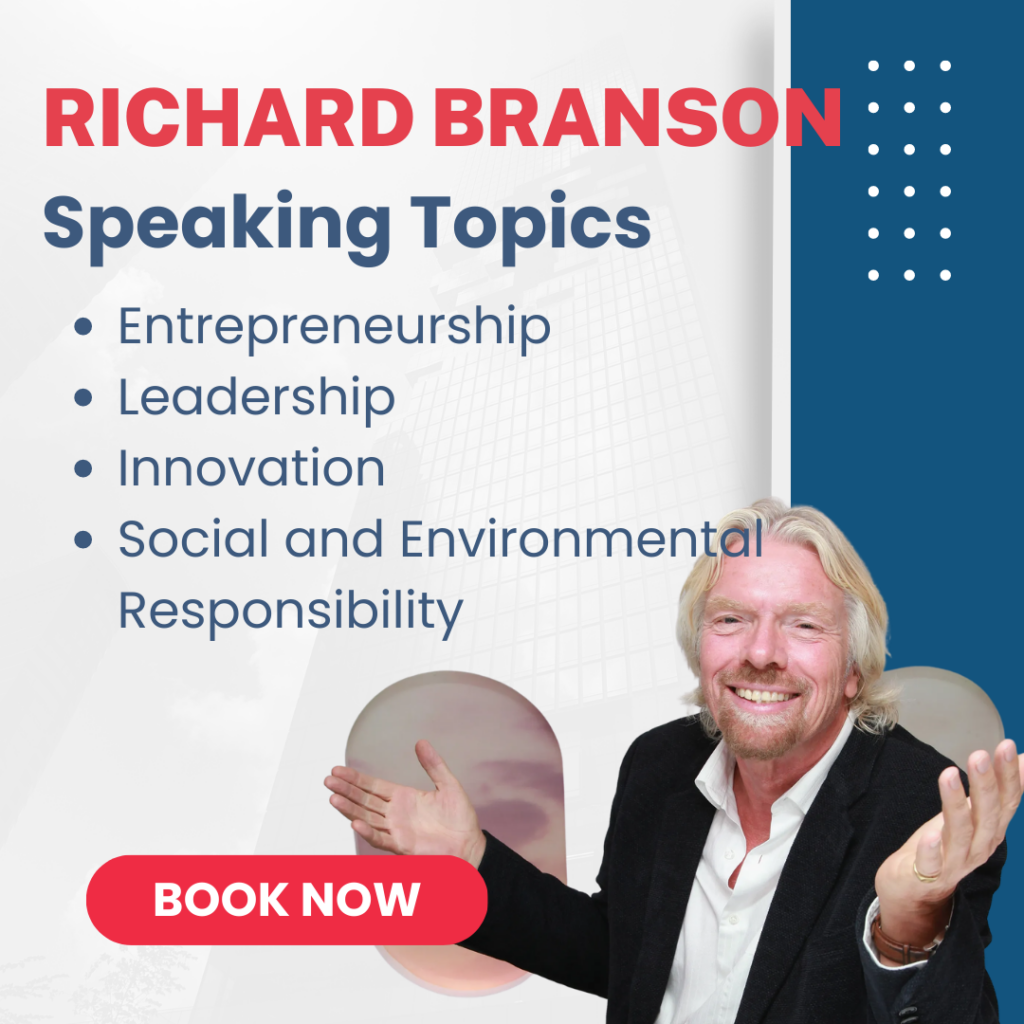
How Long Should A Keynote Speaker Speak
Keynote speeches are the centerpiece of many events, from corporate conferences to academic symposia. But how long should a keynote speaker speak? The answer to this question is complex, as it depends on a variety of factors. In this article, we’ll explore the purpose and impact of keynote speeches, the factors that influence their ideal length, the art of crafting a compelling keynote speech, and common lengths and formats for such speeches.
Understanding the Purpose of a Keynote Speech
A keynote speech is a talk that sets the tone for an event, engaging and inspiring the audience while establishing the speaker’s credibility and authority. Such speeches are typically delivered at the beginning of an event, but they can also occur at other times, such as during breaks or at the end of the day. The goals of a keynote speech vary depending on the event but generally include:
Setting the Tone for the Event
The keynote speech is the perfect opportunity to set the tone for the rest of the event. The speaker should aim to capture the audience’s attention and create a sense of excitement and anticipation for what’s to come. This can be achieved by summarizing the themes of the event, highlighting the key topics that will be covered, and providing a sneak peek into what attendees can expect. By doing so, the speaker can ensure that attendees are fully engaged and ready to participate in the event.
Engaging and Inspiring the Audience
One of the most important goals of a keynote speech is to engage and inspire the audience. The speaker should aim to connect with attendees on a personal level, sharing stories and insights that resonate with their experiences. This can be achieved through humor, anecdotes, or other techniques that create an emotional connection with the audience. By inspiring attendees to think differently about a topic or take action on an issue, the speaker can create a sense of purpose and motivation that carries throughout the event.
Establishing Credibility and Authority
The keynote speaker is often a prominent individual in their field, chosen for their expertise and reputation. As such, the speech should establish the speaker’s credibility and authority, showcasing their knowledge and experience and earning the respect of the audience. This can be achieved by providing examples of the speaker’s past successes, highlighting their qualifications and achievements, and sharing insights that demonstrate their expertise. By doing so, the speaker can establish themselves as a trusted source of information and create a sense of confidence in attendees.
Overall, a successful keynote speech should be engaging, inspiring, and informative, setting the tone for the event and establishing the speaker’s credibility and authority. By achieving these goals, the speaker can ensure that attendees are fully engaged and motivated to participate in the event, leading to a successful and impactful experience for all involved.
Factors Influencing the Ideal Keynote Speech Length
The ideal length of a keynote speech depends on several factors, including:
The nature of the event
The length of a keynote speech depends on the nature of the event. A keynote speech at a TED conference, for example, may be longer and more in-depth than one at a business luncheon. The topic of the speech and the intended audience also play a role in determining its ideal length.
Audience demographics and preferences
The audience’s demographics and preferences can affect the length of a keynote speech. Younger audiences may have shorter attention spans and prefer shorter speeches, while older audiences may be more patient and appreciate longer, more in-depth talks. Additionally, the speaker should consider the attendees’ educational level, profession, and other factors that may influence their interest in the topic.
Time constraints and scheduling
The amount of time available for a keynote speech is a critical factor in determining its length. The event organizer may have specific time slots available, or the speaker may need to adjust their speech length to fit the overall event schedule. In some cases, such as virtual events, shorter speeches may be preferred to accommodate attendees joining from different time zones.
The Art of Crafting a Compelling Keynote Speech
Delivering a successful keynote speech requires careful planning and preparation. Some tips for crafting a compelling keynote speech include:
Structuring your speech for maximum impact
A well-structured speech, with a clear introduction, main points, and conclusion, will have more impact than a rambling or disjointed talk. The speaker should consider the overall arc of their speech, using storytelling, anecdotes, and other techniques to create a cohesive narrative that captures the audience’s attention.
For example, a keynote speech about the importance of innovation in business might begin with a personal anecdote about a time when the speaker encountered a problem in their own work that required creative thinking to solve. From there, the speech could move on to discussing the benefits of innovation in the workplace and providing examples of successful innovative companies. The conclusion could tie everything together by emphasizing the importance of embracing innovation in order to stay competitive in today’s market.
Balancing storytelling and information delivery
The ideal keynote speech combines information delivery with engaging storytelling. The speaker should aim to educate the audience while also entertaining them, using humor, personal anecdotes, and other techniques to keep listeners interested.
One effective way to balance storytelling and information delivery is to use case studies or real-world examples. For instance, a keynote speech about the benefits of diversity and inclusion in the workplace could include examples of companies that have successfully implemented diversity initiatives and seen positive results. The speaker could also share personal anecdotes or stories from employees who have benefited from a more inclusive workplace.
Incorporating audience interaction
Engaging the audience is essential to a successful keynote speech. Speakers can incorporate audience interaction through live polls, question and answer sessions, or other techniques that encourage attendees to participate and share their thoughts.
For example, a keynote speech about the future of technology could include a live poll asking attendees to predict which emerging technology they think will have the biggest impact in the next five years. The speaker could then use the results of the poll to guide the rest of the speech, highlighting the technology that the audience is most interested in.
Overall, crafting a compelling keynote speech requires careful planning and consideration of the audience’s needs and interests. By structuring the speech effectively, balancing storytelling and information delivery, and incorporating audience interaction, speakers can create a memorable and impactful presentation.
Common Keynote Speech Lengths and Formats
Keynote speeches are an essential part of many events, providing attendees with valuable insights and inspiration. The length and format of a keynote speech can vary widely, depending on the event and the speaker’s preferences. Here are some common formats:
Short and Sweet: 15-20 Minutes
Short keynote speeches are ideal for business meetings, lunch-and-learn events, or other occasions where attendees have limited time. In this format, the speaker should focus on the main message of their talk and keep it concise and engaging. The goal is to leave the audience feeling inspired and motivated, even if the talk is brief. Some tips for delivering a successful short keynote speech include:
- Start with a powerful opening statement that captures the audience’s attention
- Focus on one or two key messages, rather than trying to cover too much ground
- Use stories, anecdotes, or other examples to illustrate your points
- End with a strong call to action or takeaway message that leaves a lasting impression
The Standard: 30-45 Minutes
A 30-45 minute keynote speech is the standard length for many events, including conferences and seminars. This length allows the speaker to explore their topic in more depth while still holding the audience’s attention. In this format, the speaker should aim to strike a balance between providing valuable information and keeping the audience engaged. Some tips for delivering a successful standard keynote speech include:
- Start with a clear and concise introduction that sets the stage for your talk
- Provide a brief overview of your main points or themes
- Use stories, examples, or case studies to illustrate your points and make them more memorable
- Engage the audience with questions, polls, or other interactive elements
- End with a strong conclusion that summarizes your main points and leaves the audience feeling inspired
In-Depth Exploration: 60 Minutes or More
Longer keynote speeches are appropriate for larger events or occasions where attendees have more time to engage with the speaker and topic. A 60-minute keynote speech may allow the speaker to cover their topic in more depth, including insights and information that may not be possible in shorter talks. In this format, the speaker should aim to provide a comprehensive overview of their topic, while still keeping the audience engaged and motivated. Some tips for delivering a successful in-depth keynote speech include:
- Start with a clear and compelling introduction that sets the stage for your talk
- Provide a detailed overview of your main points or themes, using examples, data, or other evidence to support your claims
- Engage the audience with interactive elements, such as polls, quizzes, or group discussions
- Use stories, anecdotes, or case studies to illustrate your points and make them more memorable
- End with a strong conclusion that summarizes your main points and leaves the audience feeling inspired and motivated to take action
Regardless of the length or format of your keynote speech, the most important thing is to connect with your audience and leave them feeling inspired and motivated. With careful planning and preparation, you can deliver a successful keynote speech that resonates with your audience and helps make your event a success.
Conclusion
When deciding how long a keynote speaker should speak, event organizers and speakers should consider the event’s nature, audience demographics and preferences, and time constraints. Crafting a compelling keynote speech requires careful planning and preparation, with a well-structured talk that balances information delivery and storytelling while incorporating audience interaction. By using these tips and considering common keynote speech lengths and formats, speakers can create impactful talks that engage and inspire their audiences.




